The ‘baking soda test’ is currently going viral on TikTok, with more than 27 million views across the hashtag.
The trend sees pregnant users mix their urine with baking soda: If it fizzes when mixed, they’re supposedly having a boy; if it remains the same, they’re having a girl.
Old wives tales have been used to predict baby’s genders and as health advice for years.
We’re debunking some of the top old health myths passed down through the generations, to see if there’s any truth in them.
1. The baking soda gender reveal
So, once you’ve mixed your urine with the baking soda, does it work?
Well, many users who tried the trend have ended up with the gender they were predicted to have.
@michellebellexo TT didn’t like my 1st version of this vid. Did this work for you?#pregnant#bakingsodatest#pregnancyjourney#staytuned#oldwivestales#gendertest
But many have also ended up with the opposite gender.
This one might not be the most foolproof way to find out if you’re having a boy or a girl, but could be fun to try nonetheless.
2. Feed a cold, starve a fever
It’s not unusual to lose your appetite when you’re sick.
But starving is never the answer, especially when you’re unwell. Your body needs all the energy and nutrients it can get to fight off any illnesses you may be experiencing.

Whether you have a cold, a fever, or something else, you should make sure you’re eating and drinking plenty, to help recovery as much as possible.
3. Dock leaves help nettle stings
We all know when stung by a nettle to run and find the nearest dock leaf possible. But why?
It has been thought dock leaves contain alkaline properties, which counteract the acid from the stinging nettle.
But dock leaves are actually acidic too – so how does this work?
It could be that it’s cooling, or simply a placebo effect. Or perhaps it’s the rubbing motion that helps rather than the dock leaf.
There’s no clear answer on this, but if you find yourself stung by a nettle and need some relief a dock leaf is still a safe bet.
4. Eating carrots is good for your eyesight
Carrots contain beta-carotene, a substance the body converts into vitamin A. This is an important nutrient for eye health.
Vitamin A can prevent the formation of cataracts and macular degeneration, the world’s leading cause of blindness.
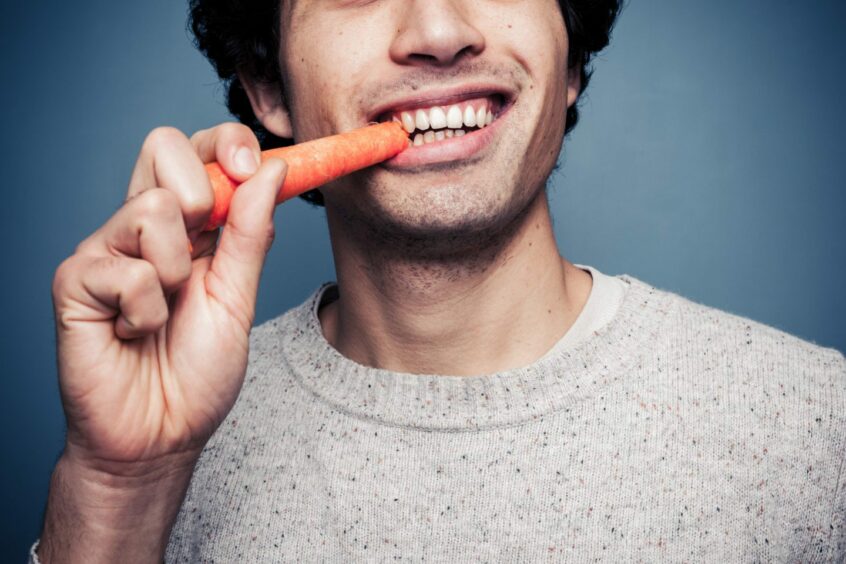
However, if your vision problems aren’t caused by a lack of vitamin A, it’s unlikely eating carrots will have an affect on your eye issues.
5. Going out with wet hair will give you pneumonia
We’ve all been told it over the years, but this one simply isn’t true.
Pneumonia is usually caused by a bacterial infection or a virus. These cannot be caught simply through having wet hair – it has to be passed to you from someone else.

The main reason you shouldn’t go outside with wet hair, according to Victoria Beckham’s hairdresser, is the cold could do serious damage to your locks!
6. Rubbing a gold ring on a stye will cure it
A stye is a small, painful lump on or inside the eyelid or around the eye. They are quite common and usually clear up on their own within a couple of weeks.
But one common ‘cure’ for a stye is rubbing a gold ring on it, which is said to help it heal faster.
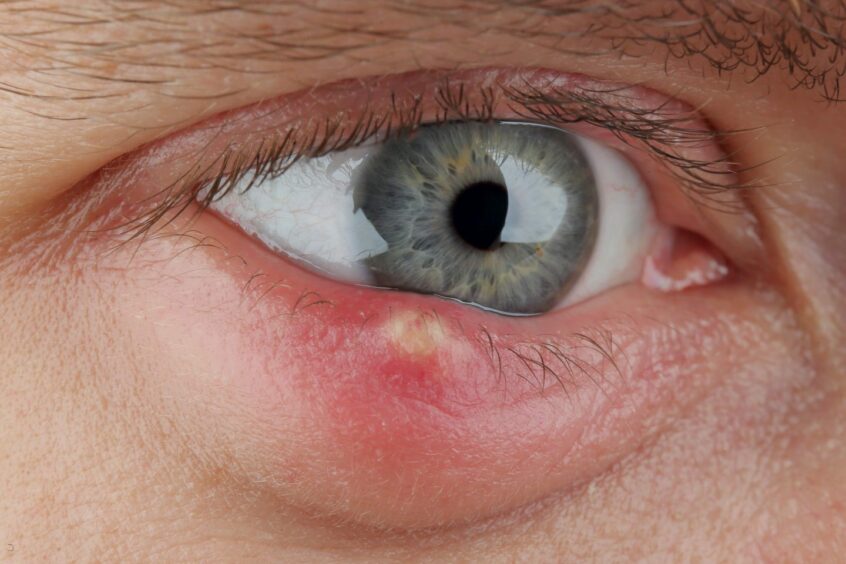
However, you shouldn’t do this, as it can increase the risk of further infection.
Instead, use warm compresses to help drain pus from the eyelash follicle.
7. The five second food rule
Ever picked food off the floor and eaten it because of the ‘five second rule’?
The rule implies food picked up within five seconds is safe to eat because germs haven’t had a chance to transfer onto the food yet.
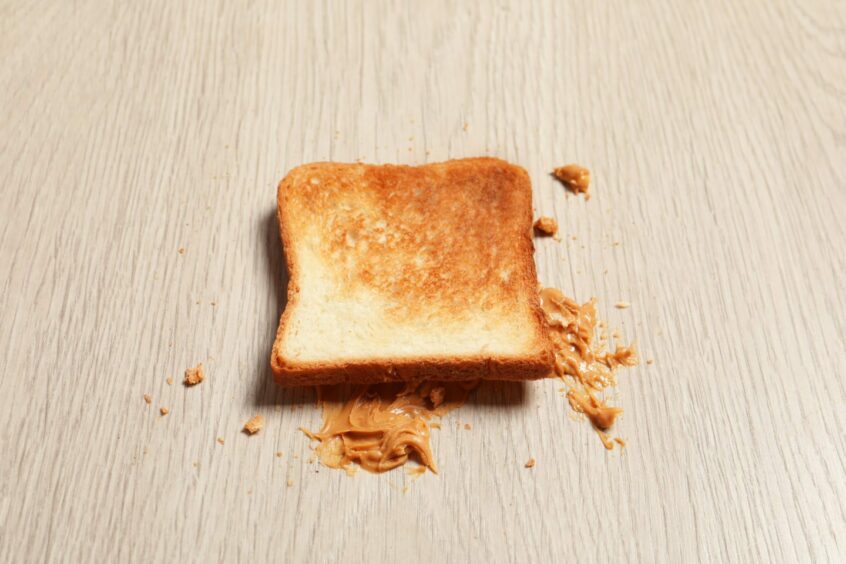
Research carried out by Rutgers University found eating food that’s been on the floor for any length of time isn’t safe and bacteria can transfer in less than one second.
But the research did find the type of food and surface impacts how quickly germs transferred.
8. Cracking your knuckles will give you arthritis
It may be annoying for others around you, but cracking your knuckles is unlikely to have any long-term health effects, including arthritis.
The sound from a cracked knuckle is caused by bubbles bursting in the fluid that helps lubricate joints.
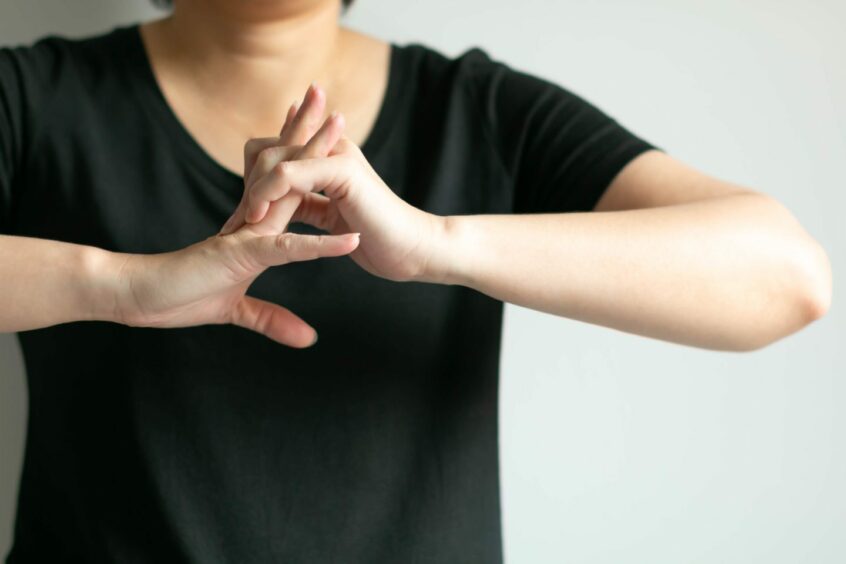
Even if knuckle cracking doesn’t cause arthritis, there’s still good reason to let go of the habit, as chronic knuckle-cracking may lead to reduced grip strength.
9. Put butter on a burn to heal it
The old story goes putting butter on a burn relieves pain and helps it heal.
But you could actually be causing more harm than good if you do this.
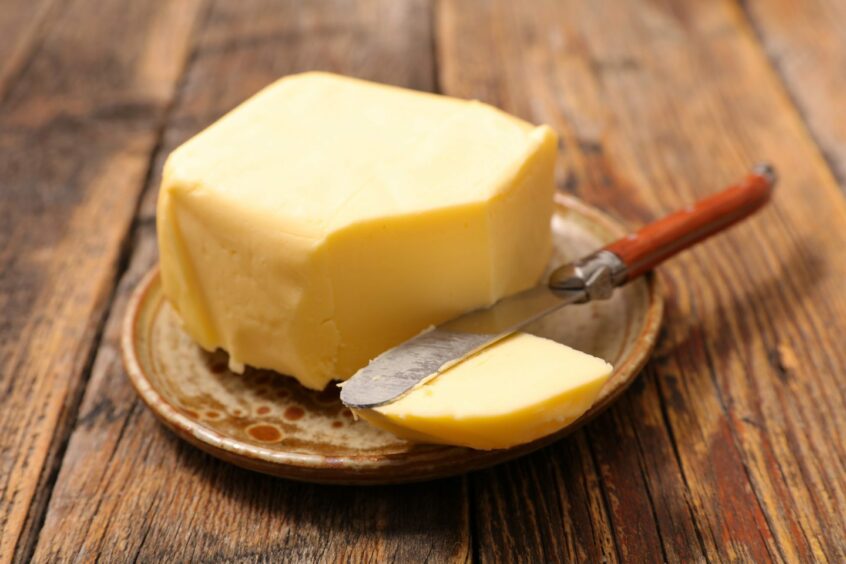
According to Dr Max Pemberton: “When you burn yourself, the flesh absorbs some of the heat, so the skin continues to burn even after the heat source has been removed.
“Butter actually retains heat, so by putting it on the skin you can make the burn worse.”
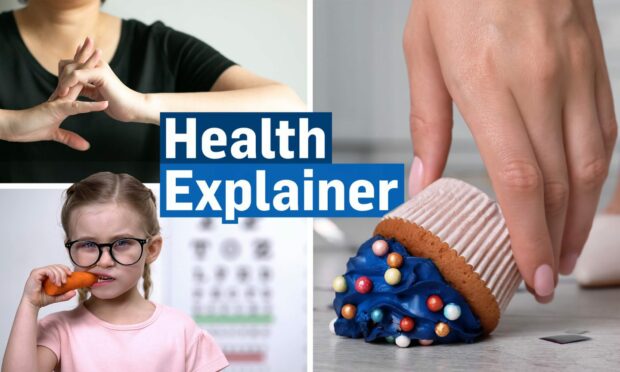
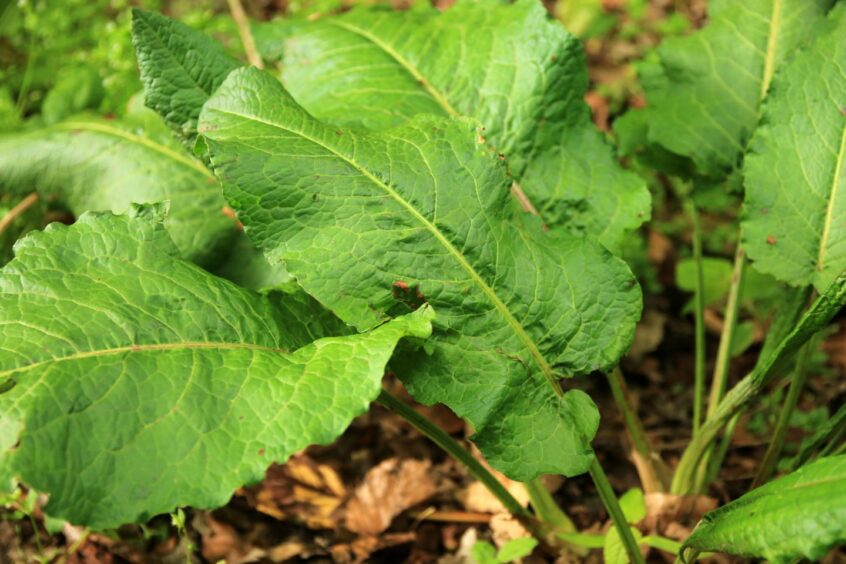



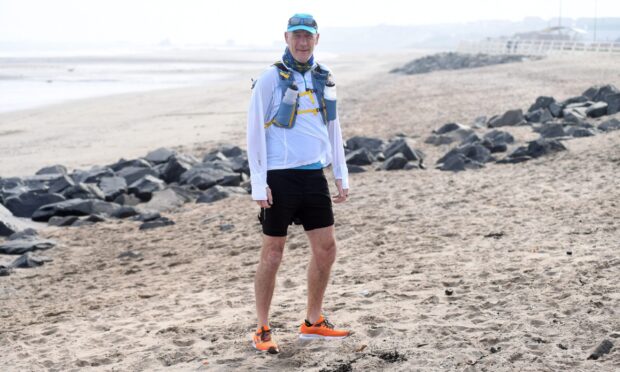




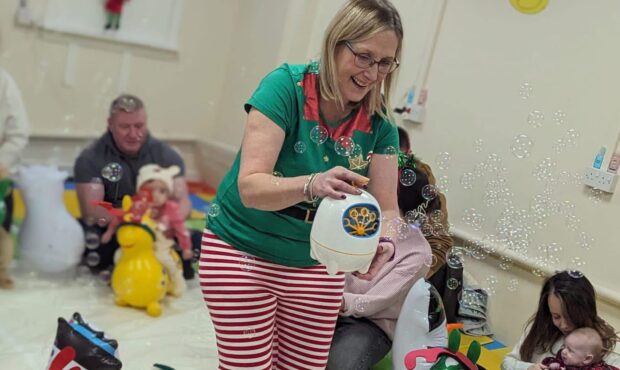
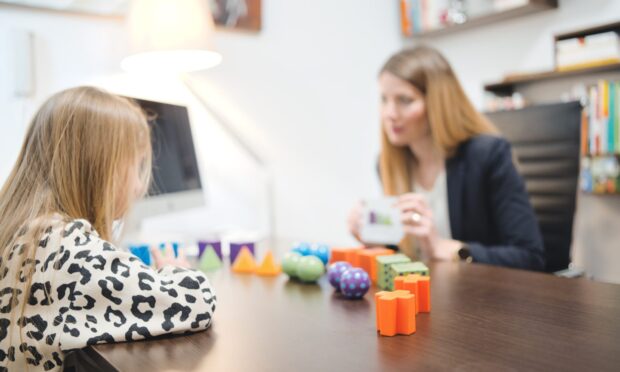
Conversation